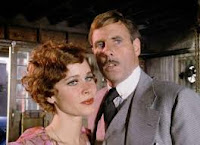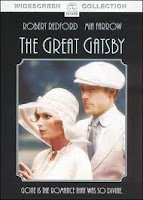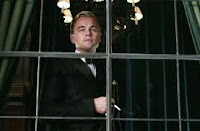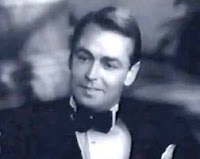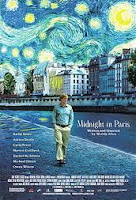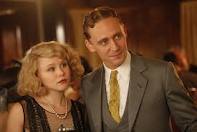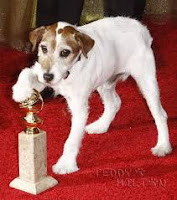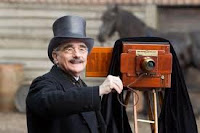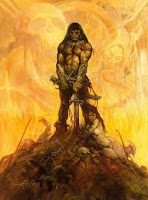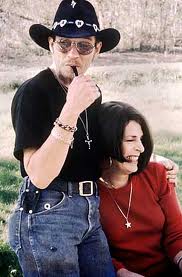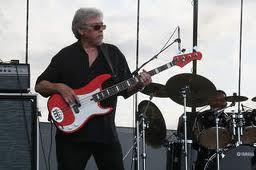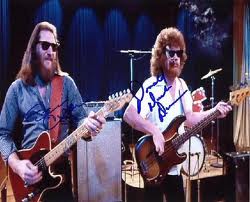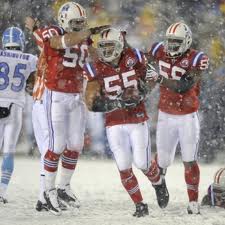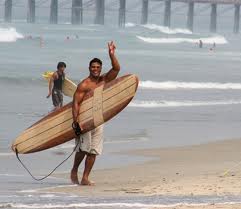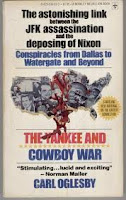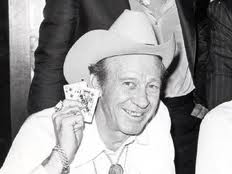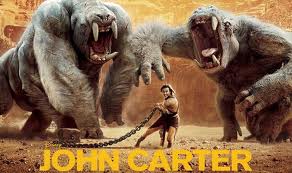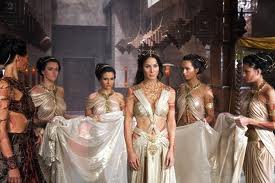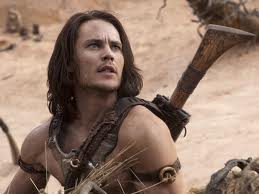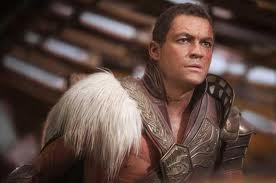 Note: this review appeared, in a somewhat shorter version, in the TLS. I have restored its original argument and made a few updating changes, but otherwise it remains as published in 2007.
Note: this review appeared, in a somewhat shorter version, in the TLS. I have restored its original argument and made a few updating changes, but otherwise it remains as published in 2007.
Stanley Kubrick remains the most fascinating and perplexing of directors, difficult for critics and audiences to pigeon-hole and, sometimes, to warm to. Kubrick actively resists categorizing: beloved by those who cherish 'independent' film-makers and granted extra kudos among Brit critics for abandoning the US for England, Kubrick actually played the Hollywood system more successfully than most, getting Hollywood finance yet keeping almost total control of his films while ensconced in his Hertfordshire mansion accumulating massive project files and watching American football on TV.
Kubrick befuddles critics because he is at once a master of using film to evoke specific emotions, something he began learning how to do when he was 17 and working as a photographer for Look magazine, and an adapter looking to translate the essence of his material to film. In the latter role, he oftens subjugates film technique to a more intellectual end, sometimes to the detriment of his films' 'entertainment' value (think
Barry Lyndon, and how perfectly Kubrick uses Ryan O'Neal to capture the character's essential shallowness). And, as one might expect from the director of
Dr Strangelove, a strong vein of satire, or at least deep irony, runs through even his most serious later films.
James Naremore believes a 'grand synthesis' of Kubrick's work to be 'impossible', and it may be that he is right. His comprehensive study progresses chronologically, setting out most of the important critical positions as it does. Born in the Bronx, a doctor's son, the young Kubrick was an indifferent student but a prodigious auto-didact. Naremore's efforts to define Kubrick as a modernist, and a practitioner of the grotesque, can be understood more simply when one considers the influences of Weegee and 'New York school' photography, and the artistic climate of early 1950s Greenwich Village. Oddly, Naremore mentions only in passing that Kubrick audited an English course with Mark Van Doren at Columbia, who at the time was the center for New York's literary modernism.
Kubrick's breakthrough came with
 The Killing
The Killing, which I see as a take on John Huston's
The Asphalt Jungle; not coincidentially, Sterling Hayden stars in both. It's a more taut caper film, its style more in line with the documentary-style films often associated with film noir (Anthony Mann's
T Men for example) than the more shadowy noir which Huston shows. In Huston's world, fate may be battled against, or submitted to, think of Walter Huston's laughter ending
The Treasure Of The Sierra Madre, or the soldiers facing their fate in
The Man Who Would Be King. Huston's film at least brings Hayden back to his dream before he dies. To Kubrick fate is equally harsh, but less amusing, as Hayden's robbery loot blows across a runway, he refuses to run. 'What's the difference?' he asks.
The Huston comparison is worth more examination. MGM's Dore Schary, who backed Huston, hired Kubrick after
The Killing, but rejected
Paths of Glory, worried it might bomb like Huston's anti-war
The Red Badge Of Courage. It's interesting that both directors chose to live in symbolic 'exile'; Huston, by birth a Hollywood insider, was as adept at working the system as Kubrick turned out to be. Interesting too, in terms of the system, that Kubrick twice tried to squeeze Jim Thompson out of screenwriting credits

Kubrick's career benefited from good timing. Kirk Douglas seized on
Paths Of Glory when stars were busy setting up their own production companies; he gave Kubrick a budget of $1,000,000 (one-third, of course, going to himself as both producer and star). Although Kubrick's experience on Douglas’s
Spartacus was a nightmare, it was profitable, and taught him a valuable lesson about control.
Dr Strangelove was perfectly timed to catch the boom in political satire in America, just before the era of protest began. Its roots can be seen in the madcap comedy of Ernie Kovacs, whom Kubrick had wanted to star in an earlier project. 2001 coincided with the popularization of mind-expanding drugs, while
A Clockwork Orange, which Kubrick withdrew from exhibition in Britain, not only rode the new wave of violence, but commented archly upon it, a point lost totally on the British press and censors.
As I mentioned before, to me Kubrick's films often seem to comment on other films, or literature. His understanding of the roots of style in
Lolita and
Barry Lyndon reflects the satirical elements of both Nabokov and Thackery. His take on
2001 expands from Arthur C Clarke's story, incorporating ideas closer to Kurt Vonnegut's
Sirens Of Titan.
Dr Strangelove makes perfect sense as an existentially more convincing absurdist response to the book
Fail Safe than its own filmed version did, while Kubrick's
Clockwork Orange owes at least as much to Linday Anderson's
If as it does to Anthony Burgess' source novel. It sometimes seems as if he were upstaging his fellow directors who didn't think things as fully through.
For example,
 Full Metal Jacket
Full Metal Jacket marks the apotheosis of the first cycle of Vietnam films, and Kubrick's adaptation questions the assumption of spoiled innocence central not only to Gustav Hasford's novel, but to most of the acclaimed Vietnam films (not least
Deer Hunter or
Coming Home), to the point I sometimes look at it as a riposte to Oliver Stone's
Platoon. The shooting script ended with Joker's (Matthew Modine) death intercut with the 8 year old Joker playing war with a toy rifle and falling down 'dead'. In the final version, Joker and his buddies march away from a fire fight singing the 'Mickey Mouse Club' song. Existential absurdity or clunky satire?
This small point resonates because Naresome's analysis of the Steven Spielberg version of Kubrick's cherished final project,
AI: Artificial Intelligence, is excellent, and Spielberg draws on specific Disney references, which thus take on appropriate irony in the context of
Full Metal Jacket. Here Naresome comes full circle,
showing how
AI's roots go all the way back to Kubrick's Freudian-influenced modernism which he proposed as a trope at the start of the book. It's a neater conclusion than that of Kubrick's own last film,
Eyes Wide Shut, another literary adaptation (of Schnitzler's 1925 tale of fin de siecle Vienna) which might be thought to bear more directly on Freud. Like
The Shining, it is also an essay on dreams, and their repression, on how the responsibilities of life work against the dreamer’s creative freedom.

Naremore suggests
Eyes Wide Shut may be the only Kubrick film, apart from his very first feature,
Killer's Kiss, with a 'happy' ending. It may be that Delmore Schwartz's ultimate modernist work, 'In Dreams Begin Responsibilities' another product of that late 1940's Columbia/New York era,echoes all the way down through Kubrick’s work. It may be that his defining characteristic as the director is the undercutting of the possibility of happy ends.
On Kubrick by James Naremore
British Film Institute, 299pp, £17.99
ISBN 9781844571420
 My obituary of Paul Fussell, whose book The Great War And Modern Memory made such a huge impression on me many years ago, is online at guardian.co.uk and ought to appear in tomorrow's (Friday's) Guardian. You can link to the online version here. It appears pretty much as I wrote it to a very tight deadline, early in the morning in America; there are a few small changes (like calling him a 'US' writer) but basically the only flaw I could see was that I wasn't able to go into certain works in more depth. I also would have liked to pursue the parallels with the Vietnam war which I read into The Great War when it came out--they are parallels easy to extend into our current nightmares in Afghanistan and Iraq, which Fussell himself was quick to do. That his criticism always came from the point of view of a man who had been in combat made it that much more trenchant. Similarly, he viewed much of the 'greatest generation' hype just another glorification of war, and thought things like Saving Private Ryan simply missed the reality of men in combat.
My obituary of Paul Fussell, whose book The Great War And Modern Memory made such a huge impression on me many years ago, is online at guardian.co.uk and ought to appear in tomorrow's (Friday's) Guardian. You can link to the online version here. It appears pretty much as I wrote it to a very tight deadline, early in the morning in America; there are a few small changes (like calling him a 'US' writer) but basically the only flaw I could see was that I wasn't able to go into certain works in more depth. I also would have liked to pursue the parallels with the Vietnam war which I read into The Great War when it came out--they are parallels easy to extend into our current nightmares in Afghanistan and Iraq, which Fussell himself was quick to do. That his criticism always came from the point of view of a man who had been in combat made it that much more trenchant. Similarly, he viewed much of the 'greatest generation' hype just another glorification of war, and thought things like Saving Private Ryan simply missed the reality of men in combat. they seem almost to be written by a British writer, yet eschew the usually British perspective.
they seem almost to be written by a British writer, yet eschew the usually British perspective.
